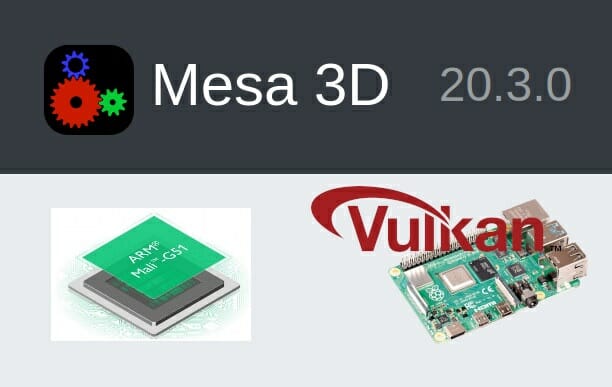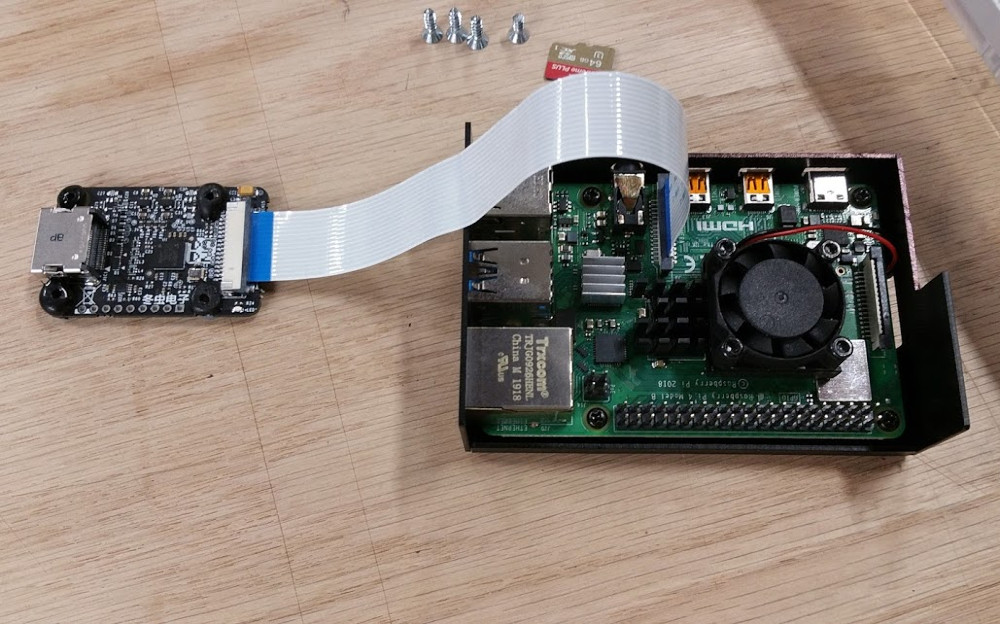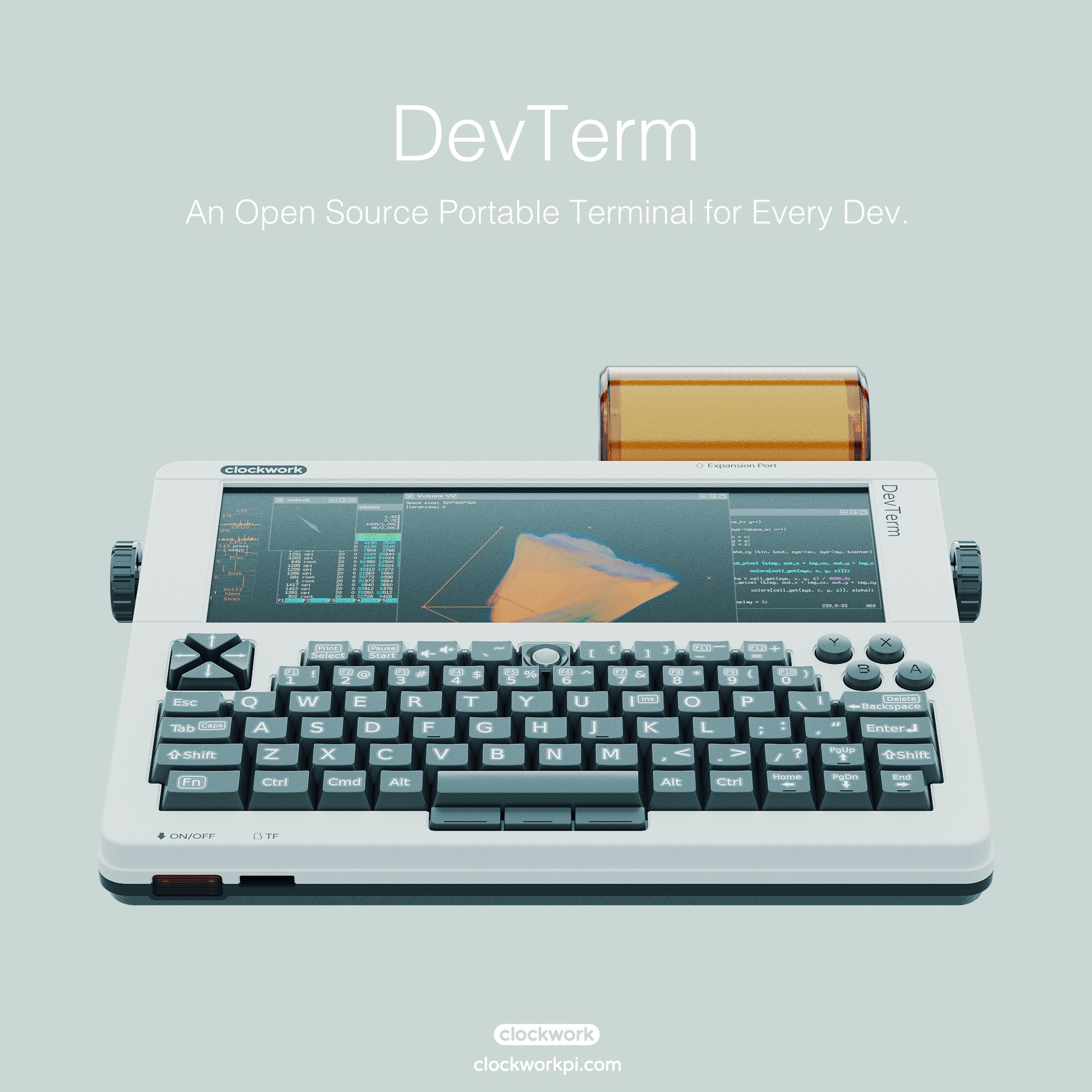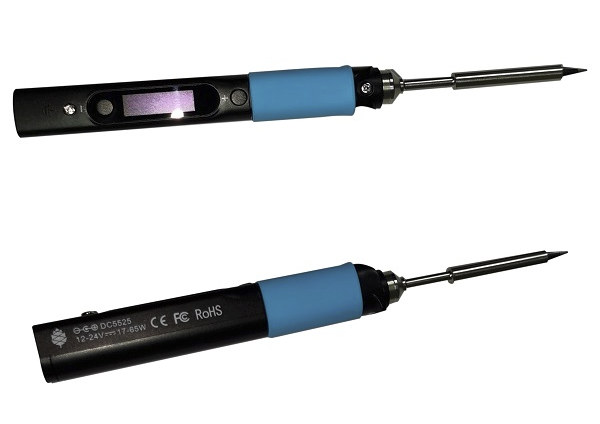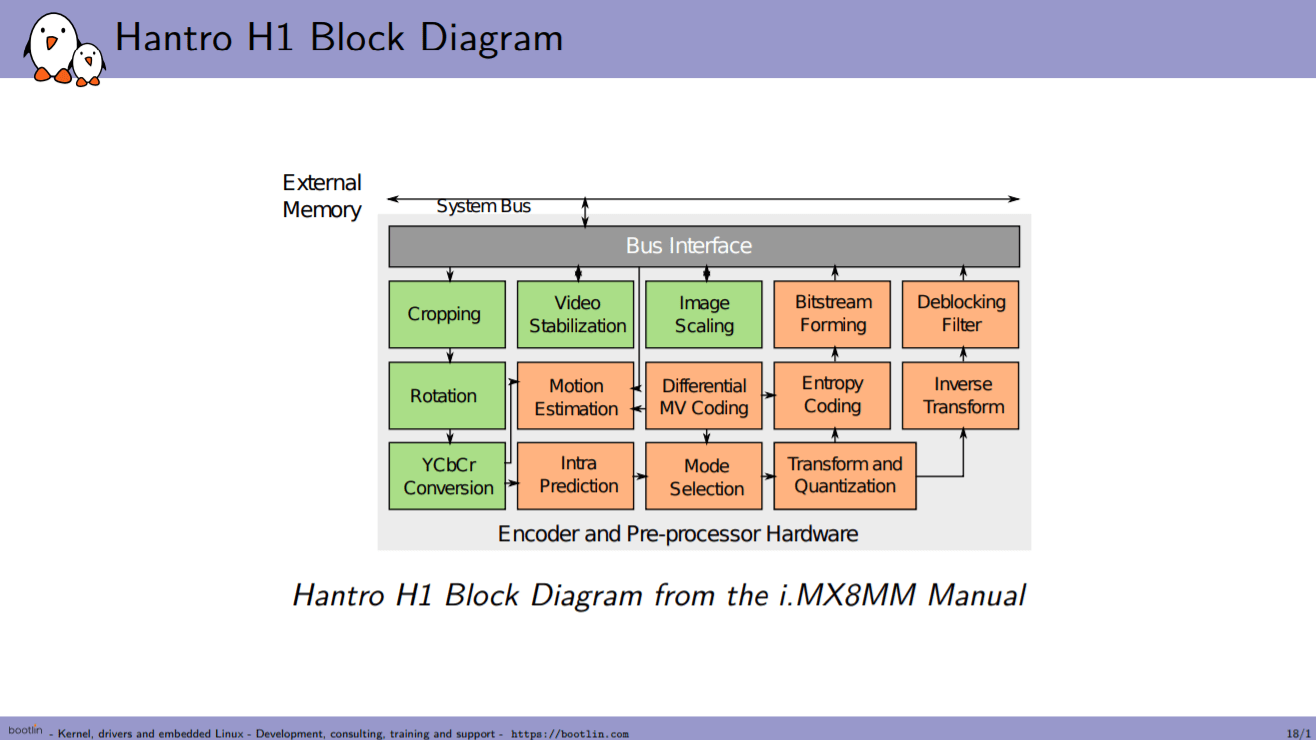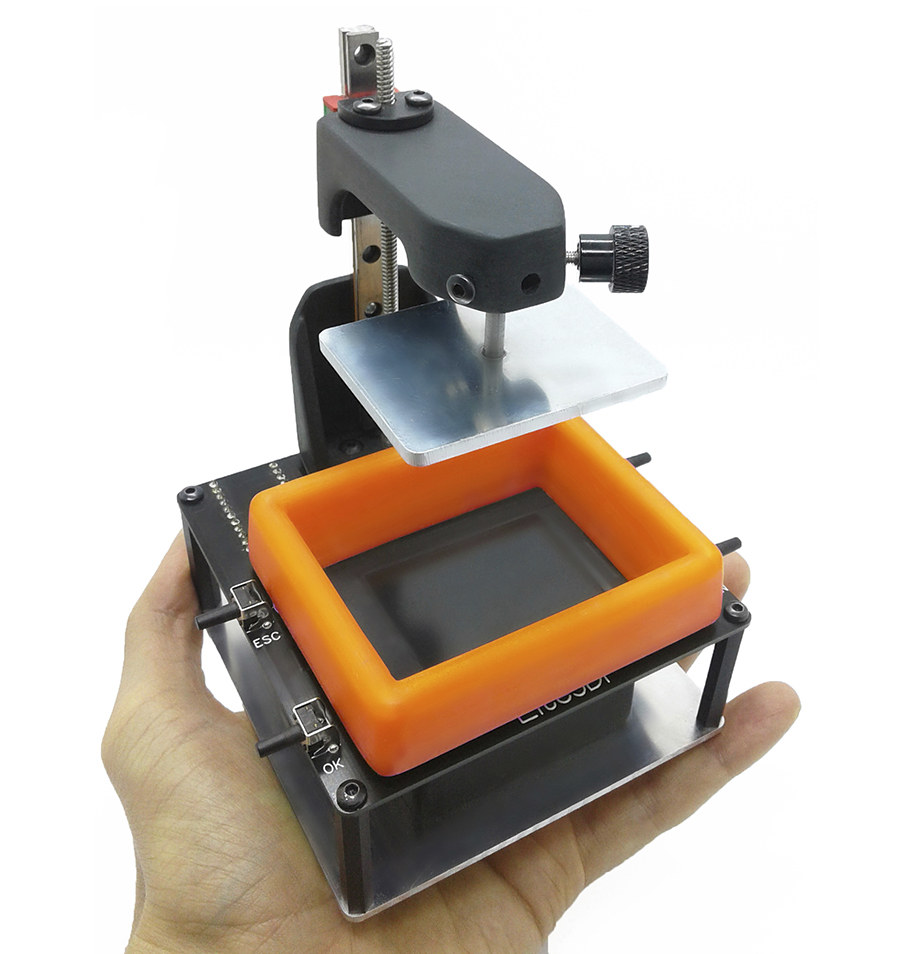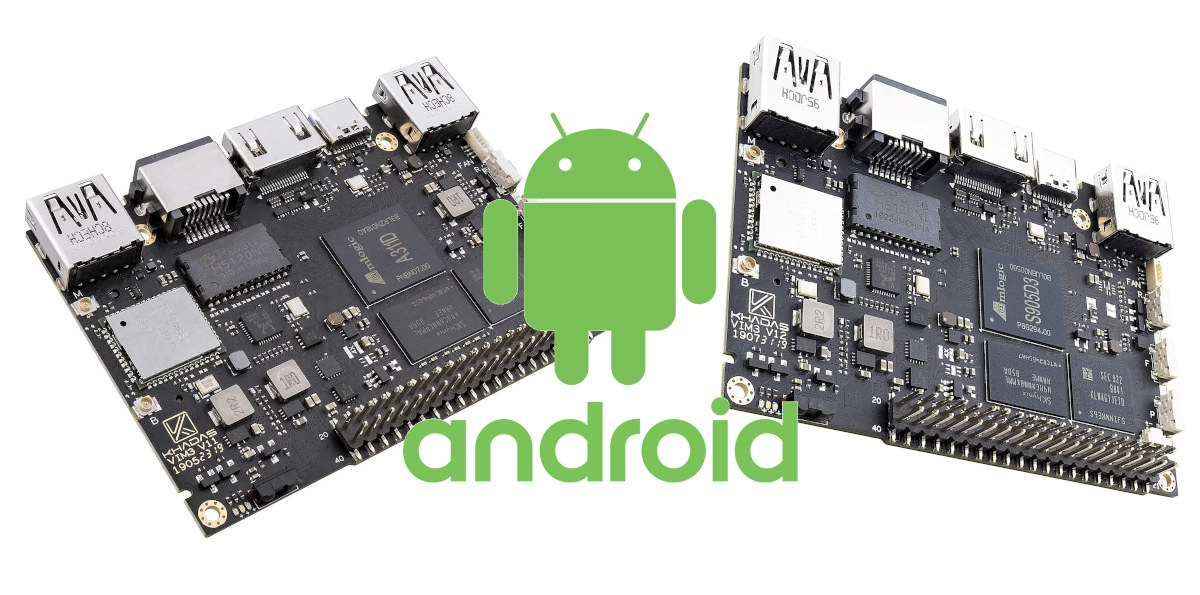We were first made aware of Fuchsia OS, an open-source operating system developed by Google, in 2016. At the time, nobody clearly knew what was the goal of the project, although some speculated it could be a Linux replacement. We first wrote about it in 2018, as Fuchsia OS added support for several Amlogic processors hinting that it may be used in TV boxes and media streamers. Google also launched a developer website in 2019 to provide more information and resources to people outside the company interested in trying it out. But while the OS development was always made in the open with the source code publicly available, Google did not accept contributions from the community so far. This has now changed, as the company just announced the expansion of Fuchsia’s open-source model to make it easier for the developer community to contribute to the project. Specifically, Google has set […]
Mesa 20.3 released with Raspberry Pi 4 V3DV driver, Panfrost Bifrost support
We’ve previously reported that the Vulkan 1.0 conformant V3DV driver for Raspberry Pi 4 and other Broadcom BCM2711 based platforms was part of Mesa 20.3 open-source graphics framework. But at the time, it was still under development. The good news is that Mesa 20.3 has now been released, and there’s much more than Raspberry Pi 4 support, as Collabora informed us the release also included Arm Mali Bifrost GPU support via the open-source Panfrost driver. The latter was made possible thanks to the work by Alyssa Rosenzweig and Boris Brezillon, with Alyssa going into details in a recent blog post on Collabora. More work is still needed with better performance and OpenGL 3.1 being the focus in the months ahead. But there were also many other changes in Mesa 20.3 as reported by Phoronix: OpenGL 4.6 and Vulkan 1.2 APIs support Initial support for Intel Gen12 Alder Lake graphics and […]
DIY Pi KVM: An easy and cheap KVM over IP for Raspberry Pi
Traditional IP-KVM systems may cost you hundreds of dollars. DIY Pi KVM over IP is a very simple and fully functional Raspberry Pi-based KVM over IP that you can make yourself. If you do not know what IP-KVM is, it stands for keyboard, video, and mouse. It allows you to connect to a computer or a server remotely. With this, you can fix problems such as configuring the BIOS or reinstalling the OS using a virtual CD-ROM or flash drive. You can see the v2 example implementation in the above image. Pi-KVM v0 and v2 are ready-made images available for download for Raspberry Pi. You will find all the required hardware in the “Getting Started” section for the v0 and v2 platform for Raspberry Pi. In the figure below you can see the B101 HDMI-to-CSI bridge connected to the Raspberry Pi. The team is working to launch the v3 board […]
DevTerm with ClockworkPi v3.14: a modular, portable computer
After the launch of ClockworkPi GameShell in Q4 2018, now ClockworkPi has come with yet another exciting product. DevTerm is a portable computer that comes with a 6.8-inch IPS screen, a keyboard with 67 keys, and a battery module, all connected to ClockworkPi v3.14 carrier board and a choice of core modules. It will also come with an optional built-in thermal printer. ClockworkPi v3.14 Mainboard and the Core boards The mainboard ClockworkPi v3.14 uses a compact design and comes with a reduced size of 95x77mm. With a modular design, it gives you a choice of “core board” modules for various applications. Moreover, ClockworkPi v3.14 is now compatible with the Raspberry Pi CM3 series, which means that your work on the Raspberry Pi can be “teleported” to a portable terminal without hassle. It has integrated 5GHz WIFI (802.11ac) and Bluetooth 5.0 which makes it suitable for wireless communication applications as well. […]
Pine64’s PINECIL RISC-V soldering iron launched for $25
We’ve previously mentioned PINECIL RISC-V soldering iron during Pine64’s release of PineCube open-source IP camera development kit, and the good news is the soldering iron is now available for $24.99 on Pine64 store together with optional sets of gross or fine soldering tips compatible with the one used with TS100 model The soldering iron is powered by GigaDevice GD32VF103TB 32-bit RISC-V general-purpose microcontroller and features a small display and two buttons for user interaction, as well as changeable tips. It can be powered by a USB-C power adapter or a 12 to 24V power brick such as the ones you’d found with laptops. PINECIL soldering iron key features and specifications: MCU – GigaDevice GD32VF103TB 32-bit RV32IMAC RISC-V “Bumblebee Core” @ 108 MHz with 128KB flash, 32KB SRAM Display – 0.69-inch OLED monochrome display with 96×16 resolution Tip – 106mm long, Type B2 Temperature range – 100°C to 400°C; reaches operating […]
Hantro H1 hardware accelerated video encoding support in mainline Linux
With the increasing need for video encoding, there are some breakthrough developments in hardware-accelerated video encoding for Linux. Bootlin has been working on the implementation of Hantro H1 hardware accelerated video encoding to support H.264 encoding on Linux which follows the company’s work on the previously-released open-source VPU driver for Allwinner processors. Hantro H1 Hardware Hantro H1 is a common hardware H.264 encoder, it can also do VP8 and JPEG. It is found in a few ARM SoCs including a lot of Rockchip (RK3288, RK3328, RK3399, PX30, RK1808) and NXP (i.MX 8M Mini). Depending on the version, it can support up to 1080p at 30 or 60 fps. Here we can see different blocks used for encoding. Hantro H1 is a stateless hardware implementation which means it has no microcontroller or firmware running. As can be seen in the diagram, it has a pre-processor that can do things like cropping, […]
$89 Lite3DP resin 3D printer fits in the palm of your hand (Crowdfunding)
I thought Selpic A-star 3D printer we recently covered was already small, but if you’re looking for an ultra-portable printer, it will be hard to beat the Arduino-based, open-source hardware Lite3DP resin 3D printer that can fit in the palm of your hand, and weighs just around 350 grams. That also means a pretty small build volume of just 45.1 x 33.8 x 70 mm, so it’s really for small objects, and for instance, a typical Raspberry Pi case could not be printed. But let’s have a look. Lite3DP printer’s key features and specifications: Electronics – All-in-one PCB with Arduino Pro Mini, a driver for the stepper motor, a module for a microSD card, and a screen with dual-functionality. Technology – MSLA // LCD-SLA Resolution – XY: 0.14 mm; Z: 0.05 and 0.1 mm Build volume (W x L x H) – 45.1 x 33.8 x 70 mm Tray volume […]
Khadas VIM3 & VIM3L SBC’s become Android reference boards
If you need to work on the very latest development version of Android or AOSP, you can either get one of the supported phones such as Google Pixel 5, one of the reference boards for Android which should be better for development and also fairly cheaper. We previously reported about Hikey, Hikey960, and DragonBoard 845c single board computers being part of the short list of reference boards for the Android Open-Source Project (AOSP), but Amlogic powered Khadas VIM3 and VIM3L have recently been added to the official devices page which makes them the first AOSP reference boards with a dedicated NPU / AI accelerator. As a quick reminder, Khadas VIM3 is the most powerful board with an Amlogic A311D hexa-core Cortex-A73/A53 processor with up to 4GB RAM and 32GB flash, and Khadas VIM3L is the light version with an Amlogic S905D3 quad-core Cortex-A55 processor with 2GB RAM and 16GB flash. […]



